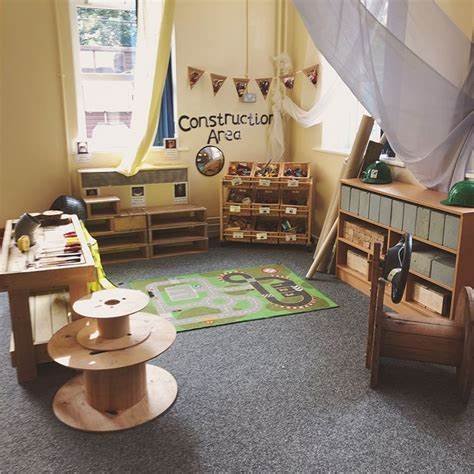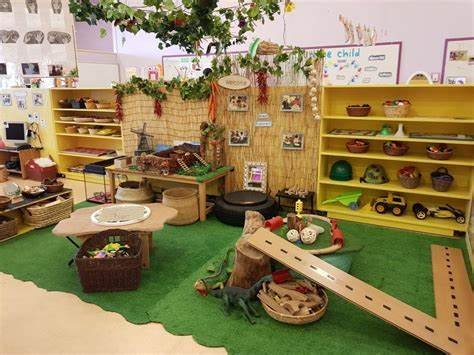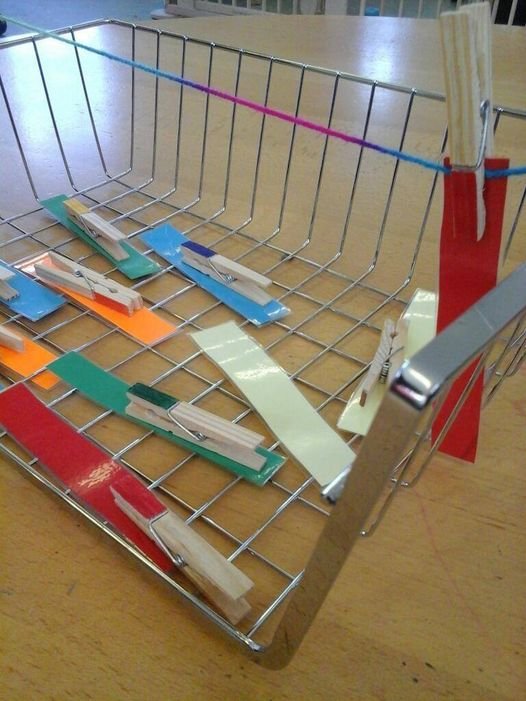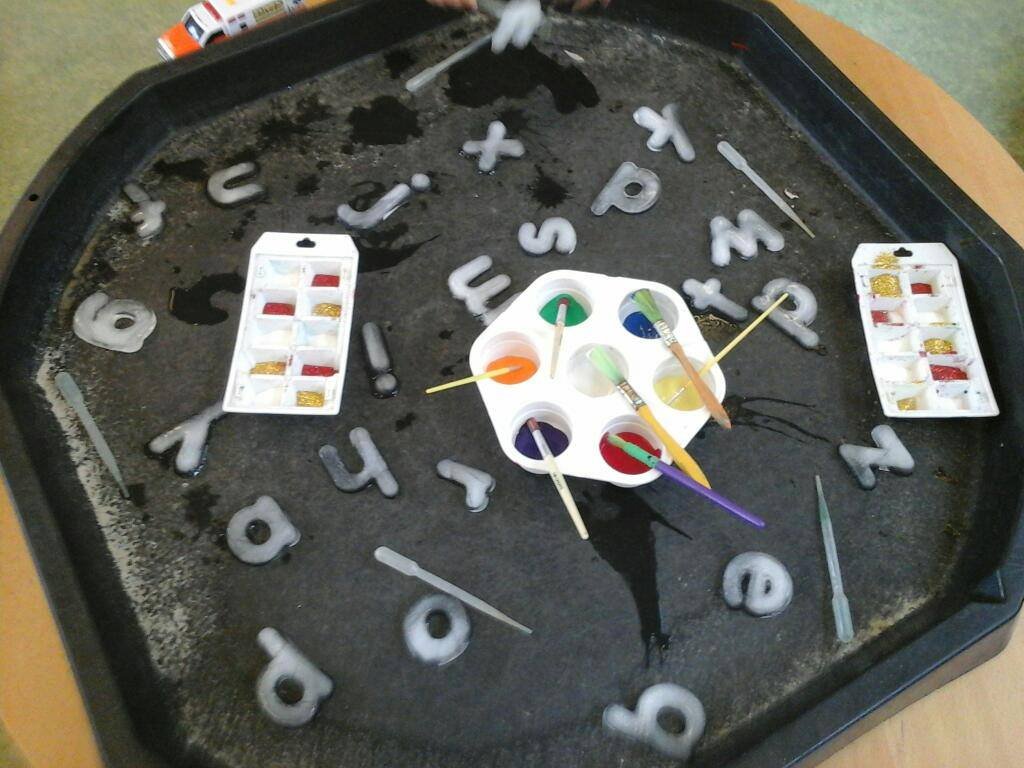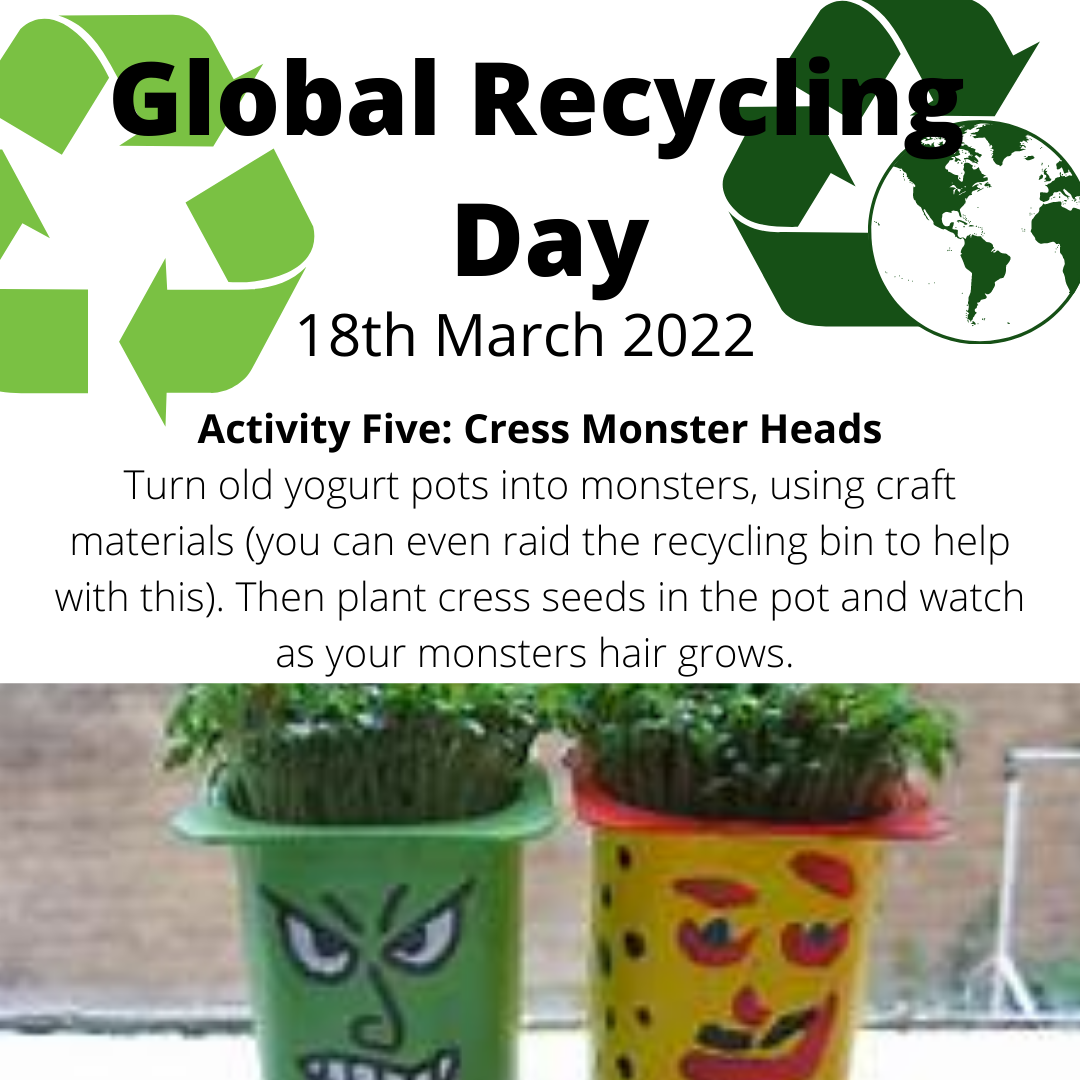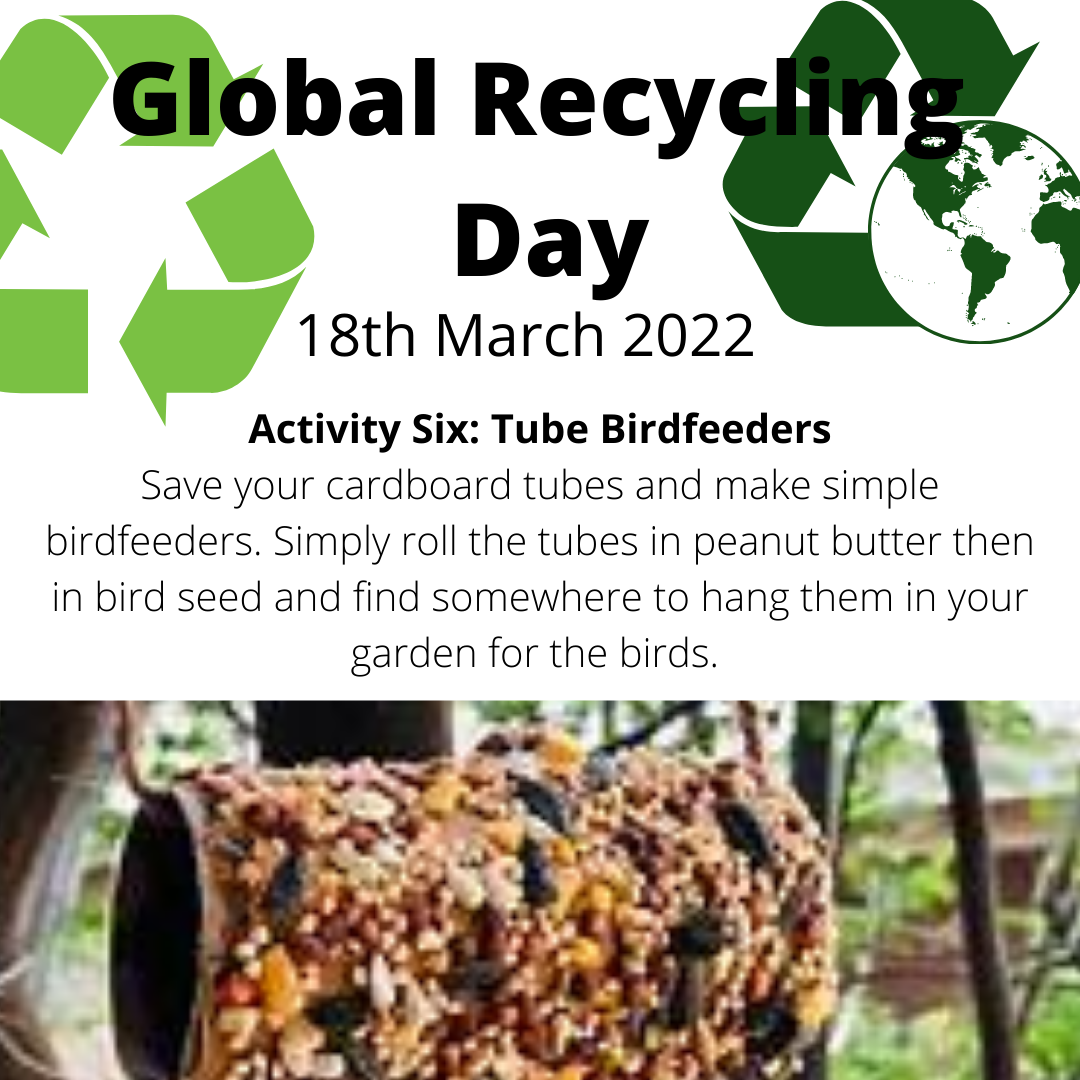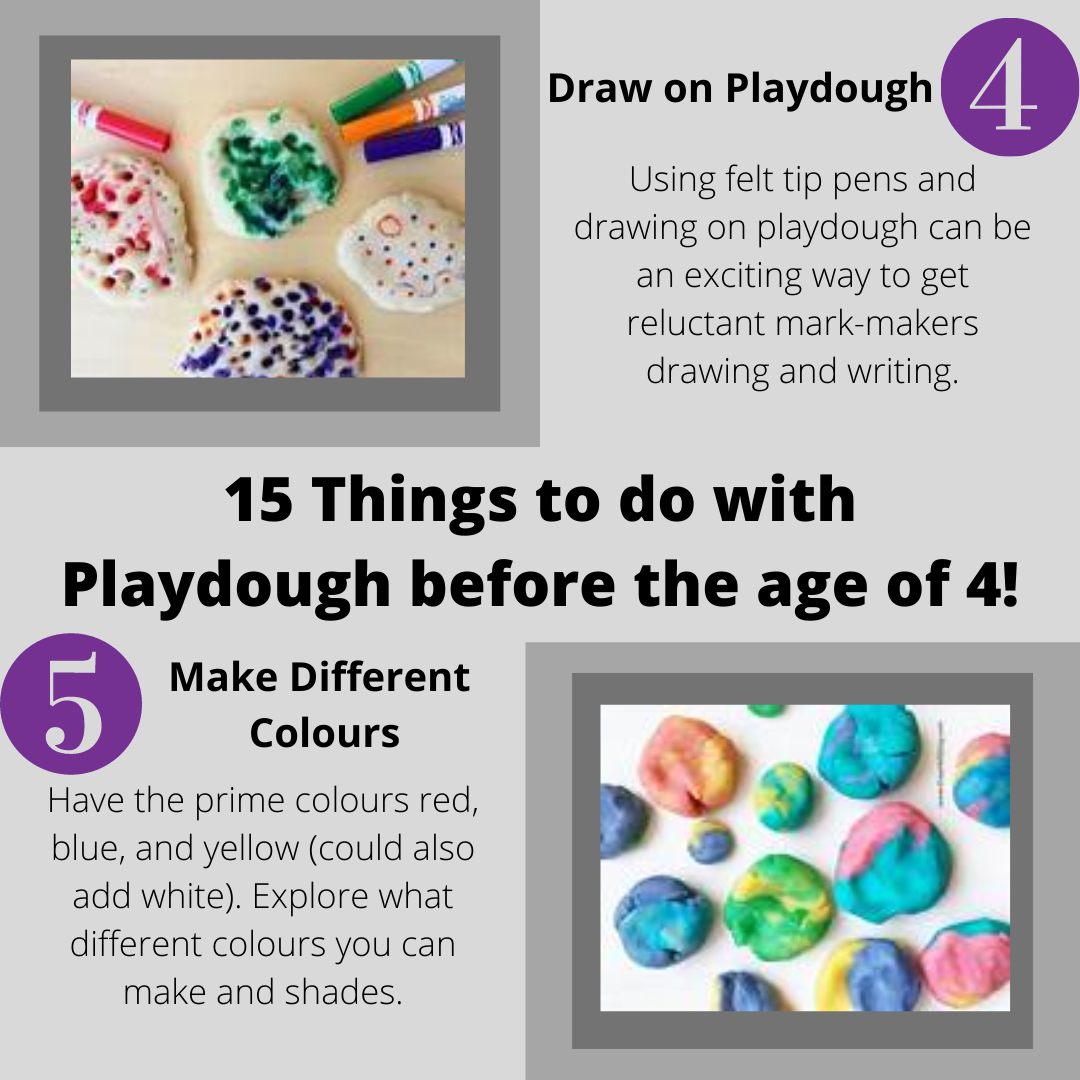5 Ways to Enhance Your Mud Kitchen this Autumn
Autumn is a wonderful season, full of so many learning opportunities for children as they connect with nature. This blog posts explores 5 ways you can easily enhance your mud kitchen this autumn to make the most of the season. Autumn provides us with many treasures that can make it fun as we explore, play and learn in the mud kitchen.
Autumn is a wonderful season, full of so many learning opportunities for children as they connect with nature. This blog posts explores 5 ways you can easily enhance your mud kitchen this autumn to make the most of the season. Autumn provides us with many treasures that can make it fun as we explore, play and learn in the mud kitchen.
1. Add autumnal loose parts to the mud kitchen
Autumn provides lots of natural loose parts that can provide open-ended learning opportunities for children as they use their imagination in play. Here are some examples of things you can collect:
Acorns
Conkers
Different types and colours of leaves
Twigs and sticks
Chestnuts
Helicopter seeds
Fir Cones
A top tip for displaying them is to put them in open bowls or baskets so that the children can see what is inside.
2. Add balancing scales
Balancing scales are a great addition to the mud kitchen. Supporting children to develop an early mathematical understanding of weight and making comparisons; without needing to have developed their numerical understanding yet. Providing lots of opportunities for children to develop a rich mathematical language alongside peers and adults support learning and developing. And with all your autumn treasures you will have lots of things to compare of different weights, shapes and sizes to encourage children’s critical thinking and problem solving.
3. Mud kitchen recipes
Support children’s early literacy and mathematical development through having some special mud kitchen recipe cards designed for using in autumn. These cards have been developed and presented in different ways to support children in phase 2 or 3 phonics; and early mathematical skills e.g. number recognition or counting practise.
4. Seasonal vegetables and Fruit
Add seasonal vegetables, such as pumpkins, butternut squashes, crab apples and blackberries to the mud kitchen. Alongside safety knifes so that the children can explore cutting them up and adding them to their recipes.
5. Embrace the rain and dampness!
Along with warm autumn sunny days, we can also experience some lovely very damp and wet autumn days. Consider add a water butt or some kind of vessel that can collect the rain water each day (remember to empty at the end of the day to avoid legionnaires). And jugs and cylinders so that children can begin to measure, and mix in lots of water in their play.
Supporting Storytelling Through Block Play in the Early Years
Children will go through different stages as they begin to use props to make up stories and add dialogue to their play…
For our final blog post in our block play series, we are going to look at how block play can support children to develop that inner storyteller. Whether that be through incorporating small-world play and props role-playing being construction workers. There is lots of opportunities and ways that we can support children to develop their narrative, communication and language skills, and personal social and emotional skills as they work together to add a storyline to their play.
What are the stages of story telling in play?
Children will go through different stages as they begin to use props to make up stories and add dialogue to their play. For example, children may begin to add voice sounds as the run a car across the floor going “brrm brrm”. This is the very early stage of children adding dialogue to represent their understanding and experiences. We then act out our familiar experiences using available props, for example, we may pick up the hammer and begin to bang the hammer and represent what they have observed others doing. As children get older, they begin to play alongside other children in their play, so for example, we all might be playing tea shops making teas and coffees. We are engaged in the same activity, but we are not necessarily reliant on each other for our play or interacting with one another. Children them move into the stage of collaborative play where they are working together to develop their storyline and direction of play.
The reason I share the stages of play is that it is important to reflect on where your individual children are in their journey when you are supporting storytelling through play. For example, if you have a child who is many solitary in their play but is beginning to add noises and sounds to their play. You maybe supporting them by modelling joining in and playing alongside others. Or using communication and language to invite them in and add narrative to a play and to show them perhaps (not an indefinite way as play is open ended) but suggestions that could spark their interest or enhance their play. For example, you build a bridge using the construction blocks. You test to see if it is high enough to fit the toy car underneath. You then might add some “brrm brrm” or “beep beep” noises as you move the cars around.
Ways to support storytelling in block play?
There are many ways that we can support story telling in block play, through providing children with a range of rich and wonderful experiences and resources. Below are some ideas to support children:
Have a range of fiction and non-fiction books around building and builder’s sites. This will give children knowledge and understanding that they can add into their story telling.
Have a local builder come in and talk about their job or visit a local builder’s site to see what happens.
Model to the children play and developing stories around available resources. For example, children might need to see an adult model how we use a spirit leveller to know how we use it.
Add in small-world props and resources based on children’s interests – e.g. cars, toy people, animals, dinosaurs and so on.
Provide story sacks or baskets with available resources to retell those familiar stories. For example, the 3 Billy Goats Gruff Book and puppets; with the building blocks. This may inspire the children to build their own bridge for the big bad troll to be hiding under and to retell the story. This can either be left as a provocation to see what the children do with it or it can be an adult directed activity where you work together to build the bridge and scaffold the children as they work and retell the story altogether.
Add dressing up items such as hard hats and high visibility jackets, to encourage them to role-play being builders.
Have real resources such as tape measures, rulers, spirit levellers and so on to support children to act out those experiences using the props around them.
Encourage children to share with others and talk about what they have built and describe it.
Join us for our next running of our webinar, ‘The Potential of Block Play in the Early Years’ on the 1st September 2022 at 7:30 pm
Block Play and Mathematical Development in the Early Years
A classic early year’s example, often children explore building towers often setting the challenge to see who can build a tower taller than themselves. This instantly lends itself to some discussions about size…
Welcome to our next series in our block play series. This week we are going to be focusing on how block play can support children developing their mathematical skills through construction play. Mathematics is literally all around us and when children are playing and engaging, there is always potential for lots of opportunities to develop across all areas of the curriculum. Hands on experiences give children opportunities to learn about mathematics in a variety of contexts.
To find out more about mathematics being all around us why not check out our webinar recording ‘Mathematical All Around Us’.
Measuring in Block Play
Children use play to replicate their experiences and things that they observe others doing. This is an important way that children make connection and sense of the world around them. The introduction of resources such as tape measures and rulers can support children as they look at measuring their buildings and constructions. As they make comparisons about size, height and length of their buildings and constructions.
(Photo Credit: Pinterest)
Often this replication although supporting children’s ability to add narrative to their play and storylines alongside others (remember before children can write a story, they need to be able to tell stories with others!). But it can be limited by children’s mathematical skills, as to use a ruler or tape measure they often must understand and know large numbers to interact with this mathematical concept. Consider introducing resources that children can use that are non-standard units such as a set of handprints, multilink, footprints or Duplo. This means the children will be able to count the objects and incorporate mathematics into their play without adult support with large numbers.
Children will also problem solve, measure, and make comparisons of size and use a rich array of mathematical vocabulary such as bigger, smaller, tiny, longer, little, huge, shorter, and so on without the introduction of standard and non-standard units. As they join in conversations, they talk about their building and make comparisons. While they participate collaboratively to develop ideas. To stretch their understanding and their limits.
(Photo Credit: Project Matters)
A classic early year’s example, often children explore building towers often setting the challenge to see who can build a tower taller than themselves. This instantly lends itself to some discussions about size, as children may begin to make remarks such as “It is smaller than me!” Or “it is bigger than me!” This is a great opportunity for us as early years practitioners to extend learning in the moment. For example, introducing new language such as height, width, length and modelling a vast array of mathematical language. As we build and play alongside the children and build towers and make comparisons. There is also the opportunity to make comparisons between towers, for example, “How many blocks taller than you is your tower?”
Symmetry in Block Play
As children progress through the stages of block play in stage five (patterns and symmetry) they begin to make symmetrical buildings. This means that they are beginning to develop a basic understanding of symmetry and looking closely at patterns and similarities in buildings. They will also be developing an understanding of shapes and numbers as they explore making sure that they put the same shape and number of blocks in either side of the invisible line. For example, I need to red blocks, and one large brown cylinder and one large orange cylinder for either side. We may even begin to show a practical understanding of doubles or putting numbers together and learning simple number bonds.
Exploring Symmetry
When thinking about children who are beginning to explore symmetry and patterns in their block play. You might want to consider:
Do you have different coloured and shaped blocks?
Can you introduce mirrors to play and photos?
Can you bring in art activities that explore patterns and symmetry?
Making Buildings
Some children will be in the stage of block play when they are beginning to make representation of buildings. This is a great time to be incorporating house photos, and photos of different types of buildings where children can start to explore and talk about the natural patterns and symmetry in buildings. Additionally, think about adding clipboards and pens to promote early mark-making where children can design their own buildings.
Building designs can easily bring in mathematical concepts and vocabulary for example, sharing size of bricks, how many? Or does your building have windows? Whether that is part of a discussion or shared mark-making or individual mark-making with a skilled practitioner. You can easily build in children’s mathematical vocabulary and skills as they design and create their very own buildings.
If you would like to join our webinar, ‘The Potential of Block Play in the Early Years’ please click below to find out more or purchase your ticket now.
Part Two: Teaching Colours in the Early Years
Part two of our blog series that explores teaching colours in the early years. Find out more here.
Last week’s blog explored what we meant by teaching in the early years. This week part two is going to explore how do children learn and develop their knowledge of colours through our curriculum that we use to teach them. Curriculum in its very simplest terms, is the framework for what we would like children to learn in the time that they are with us. This is one big composite (end goal) made up of many small components. Sam Sleeman-Boss and Wendy Radcliff from Ofsted at the childcare and education expo (2022) defined curriculum thinking as “the framework for setting our aims of a program of education, including the knowledge and skills to be gained at each stage.”
It is refreshing to remember that the Early Years Foundation Stage (EYFS) Educational Programs, lay the foundation or floor of our curriculum, but we develop our curriculum to help children reach for the stars. It simply doesn’t cover all the small steps, components and learning opportunities that children have in their time in the settings, which is based on the knowledge of a skilled practitioner. An example of this is that, by the end of their time in nursery with us we might want children to be able to express themselves through the careful selection of colour, identifying colours and communicating why. Children don’t simply learn these skills or information though through a quick transference of knowledge and information, they learn them through an ambitious curriculum that is made up of many components or small steps to help them reach the end goal by the end of their time with us.
This is done through hands on experiences in the early years that encourage exploratory learning, collaboration, and the opportunity to develop ideas alongside others. For example, we may start with our very youngest by that simple exploration of contrasts in colours. We know that babies are interested in those contrasts and that black, white, and red supports brain development We then might explore mark-making with different colours using those gross motor skills and movement of our whole bodies and begin to name the different colours that we make. Before doing matching and classifying by sorting, identifying, making patterns and so on. As the children continue to explore, we look at shades and mix different colours, but also recall how they make colours through a variety of activities, using paint, light boxes, messy play and so on. Before, we move onto that being creative using colour to express ourselves and carefully selecting those colours, there are many steps that children go through, in their journey of learning about colours in the early years.
Below are some activity ideas for teaching colours in the early years:
Global Recycling Day
Will you as a setting be celebrating global recycling day with your children? This is a great opportunity to take stock and think about talking about recycling with young children…
18th March 2022
Will you as a setting be celebrating global recycling day with your children? This is a great opportunity to take stock and think about talking about recycling with young children. This does not mean I am saying we only need to focus on recycling one day a year in our settings, but by celebrating global recycling day it can help us to re-focus or be the day to start those new initiatives. Such as introducing a recycling bin for paper into the preschool room.
Why do I think it is important to cover recycling with children from an early age?
The children are the future. I know that sounds incredibly cheesy, but they are the future, and we want the world that they live in to be looked after. I think that as early years educators, teachers, practitioners, assistants, childminders, or apprentices, we have an important role in fostering a love for our world and environment that we live in. This means that part of what we teach children in the early years goes beyond the basics of the curriculum that is outlined in our educational programs; but I am passionate that in the early years we teach children how to look after the world that we live in.
Recycling is a simple topic that we can cover in the early years to begin to create that love for the world around us. As we talk about the importance of recycling and the 3r’s, reduce, reuse, and recycle. Also, by beginning to teach children to recycle in early childhood we will be setting good habits that children will hopefully develop for a lifetime.
Below, is the series of ideas that we have been sharing on social media to support you re-focusing on recycling this global recycling day:
15 Things To Do With Playdough Before You Are Four
Playdough is a stable part of most of our continuous provision, as part of an area on its own or perhaps within a malleable area. Not only is it a versatile resource it is an inexpensive learning resource…
Playdough is a stable part of most of our continuous provision, as part of an area on its own or perhaps within a malleable area. Not only is it a versatile resource it is an inexpensive learning resource that can be used at home or in an early year setting. Playdough can easily be used to incorporate all areas of learning and help to extend children’s interests, independence, and self-esteem.
Therefore, we have created the following 15 things to do with playdough before the age of 4 years old. A perfect mix of activities and things to start trying in storm Eunice as you batten down the hatches and stay at home. Below is my trusted playdough recipe:
Playdough Recipe:
2 cups of plain flour
1 cup of salt
1 tablespoon of cream of tartar
1 tablespoon of oil
1 cup of boiling water from the kettle
(Optional add food colouring or essential oils)
Mix all the ingredients together and then knead until you have a nice dough.
Also, if want to explore more about developing that playdough provision in your early years setting, why not check out our recent recording of ‘Extending Learning Through Your Playdough Provision’ here.
Sensory Play in Early Years Settings and Covid-19
Sensory play is an important part of children’s exploration and learning and this blog shares some ideas of supporting sensory play in the current pandemic.
Our latest blog is going to explore the importance of sensory play in the early years and the impact of Covid-19. With increasing concerns around the transmitting and sharing of Covid-19 many settings have abandoned sensory play, or limited it’s use within settings. However, we know that embracing all 8 senses within play is crucial to high quality childcare and learning opportunities for children.
Sensory play and experiences are beneficial to supporting how children make sense of the world around them, children learn through all of the senses and through the stimulation that they receive from their senses being aroused. When children’s senses are being stimulated, we know that this is promoting children’s brain development and schematic learning (the process of amending and adding new information to our understandings of the world around us). Additionally, research has suggested that sensory play and experiences helps to develop the neural pathways and connections within the brain. Also, sensory play supports children’s language and cognitive development, problem-solving, gross and fine motor skills and so much more.
Tips for providing sensory experiences and play in early years settings, while trying to minimise children and staff from being exposed to Covid-19:
· Keeping group sizes small and where possible operating in bubbles.
· Promoting plenty of handwashing in between activities.
· Rather then having large group tuff trays, have individual trays (for example, using tea trays – which can be picked up at places such as b and m or the range) with different experiences in them and individual resources. For example, children can still explore mark-making in coloured sand in their own tray, or scooping gloop (cornflour and water), or making individual trays of mood sand (baby oil and flour).
· Cleaning and disinfecting all resources between children.
· Ensure children don’t share aprons and they are disinfected or cleaned appropriately between use.
· Perhaps you could consider tying a photo or name on the smocks with string, so children can access their own apron throughout a session.
· Individual sensory bins for children, instead of sand trays or water trays. For example, each child has a plastic storage box with things in for them to use. You don’t need to bin the sand at the end of the day, you can leave it to isolate for so many hours, so if the virus is present it will die off.
· Have risk benefit assessments and risk assessments for environment to show how you have taking relevant measures to stop the spread of covid-19. This will also help for example, if you decide to not remove soft furnishings because it is calming to touch and an important sensory experience and part of your pedagogical approach and you can highlight how the benefits of providing this outweighs any potential risks or harm to children and adults.
· Individual named playdough tubs, with photos if needed.
· Making a work zone or area on the table for children to stick to either using masking tape or a tray.
· Dancing with ribbons and viols – ensure that children have their own space and their own ribbons or pieces of materials that can be washed in the washing machine afterwards.
· Dressing up – think about having individual bags of materials, scarfs, sheets, hats etc that can all be easily cleaned afterwards. Or using pillow cases that the children can mark-make on with washable markers and then pop in the washing machine.
· Using a bubble machine over individual bubble wands with children, unless you can ensure that they can have their own wand and not share them.
· Making their own instruments that they can have labelled so they are not passing instruments around.
We Love Autumn…
Today whilst walking in the woods I was reminded of the natural beauty and majestic nature of autumn. Autumn has always had a special part in my heart and soul, a time of the year that I find uplifting, exciting and enjoyable. A brisk walk in the autumn air, as the leaves, acorns and conkers fall around you. A changing landscape of colour and regeneration all around you. A chance to take a deep breath pause and just take in the world that is so rapidly changing around you and appreciate the wonderful world that we can see and the unique connection we all have with nature. Just spending 30 minutes outside a week is said to improve our well-being and I don’t know about you but being outside to quote a good friend “blows away the cobwebs in our souls!” – that nature connection is not just a personal one but also a spiritual connection.
The complexity of this incredible world around us, like the way trees know to drop their leaves, to reserve the limited energy they will get from the sun in the cold winter months, in order to regrow and stay alive in the coming years. The way nature is forever changing around us and easily taken for granted or not understood. Autumn is also an exciting time to for children and a real opportunity to connect with nature, we love to collect conkers, acorns and leaves just like us Early Years Practitioners. I couldn’t help but, on my walk, today collect a few conkers, I think it is ingrained in us to do so to make the most of it.
After all conkers are a wonderful free resource for early years practitioners. From using conkers as loose parts, to tuff trays full of them for filling emptying, to using them for mathematics activities matching numbers to amount or conker rolling painting. There are just so many opportunities for that one conker! I personally love them as natural loose parts in the small-world and mathematics areas as I always think children find something amazing and incredible to do with them.
For example, I remember one child who spent hours engrossed in conker play, who had collected kitchen roll tubes from the art area and his conkers and he explored dropping them through the tubes, standing the tube down and seeing how many he could fit in what would happen if he picked the tube up and so much more. There were high levels of engagement, involvement, problem-solving, application of mathematical skills, working together with others as more children joined him and developing his ideas as they poked sticks through the tubes to see what happened next. As well as building upon his trajectory schema of learning, this child loved to drop things and watch things full and this supported his schema of learning.
Over my many years of working with young children I have been humbled by there understanding of the seasons, but have always found that Autumn just has a really special spark in them. I remember one child, many years ago, who thought “the sky was falling! The world is going to end!” because acorns, conkers and leaves were falling of the trees in the nursery garden. Obviously, we followed this the only way possible by reading the book ‘Chicken Licken’ which became a nursery favourite and doing many activities exploring the season of autumn; for weeks and weeks on end as this little boy and his interest grew and grew and was infectious to all of his friends around him.
But more then this autumn is also a magical time to see the world through children’s eyes. Last year whilst collecting coloured leaves with a group of children to make a physical pictogram on the floor outside, looking at numbers, sorting, colour, more and less and so on. I posed the question to a group of two to four year olds, “Why are the leaves falling of the trees?” To which one 3 year old replied, “Because it is autumn and the trees need to breath!” What an incredible insight and poetic way of putting it and it is very true in a way, the leaves drop in order to allow the tree to have the energy to live.
As people such as Richard Louv talk about a nature deficit and the fact that children are becoming more and more disconnected with nature, for example, many children could not identify trees by leaves anymore. It is a dying art, we do not know the trees around us, even me on my forest school training who loves nature and being outside, this is something I tremendously struggle with. But I always think autumn is a great time to explore this with the children. Take out some ID cards, match the leaves to the picture cards, sort them, look at size, look in detail at the veins on leaves as you do leave rubbings and printing.
A top tip I have when leaf printing is to use cotton buds on the back as you will not end up with to much paint and get a wonderful clear print of all the veins and details of a leaf. Other ideas, are to take your magnifying glasses with you and draw natural sketches with children. I think some of my happiest most memorable experiences with children that I have cared for has simply been, playing with the leaves outside in autumn. Sweeping them up, making pretend bonfires, throwing them in the air, repeating, singing songs around our bonfire or having tea outside around our bonfire. Simply magical times we have had together!
We hope you all have a magical and lovely autumn, wherever you are and whatever you are doing. We are running a webinar ‘Nature Connection and Well-Being in the Early Years on Wednesday 14th October 2020 at 7:30pm and you can click here to book. Or we are running the same webinar again on 21st November 2020 at 2pm and you can click here to book.












